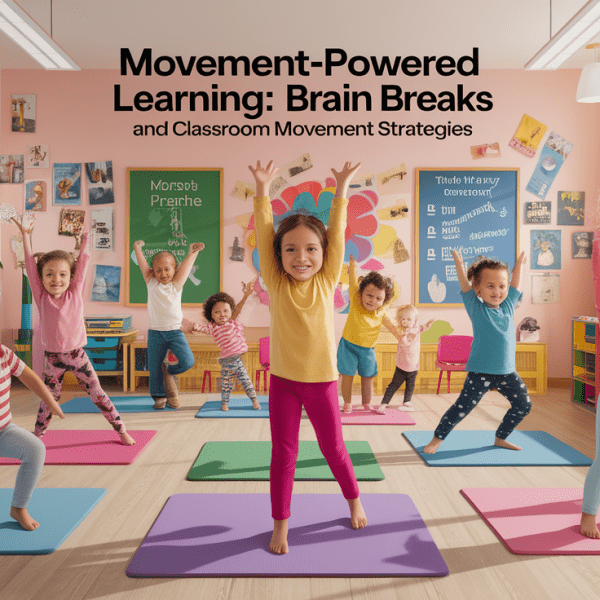Unlocking Academic Language Across Subjects
Imagine starting a new board game where the rules are written in a secret code — that’s often how students feel when they encounter academic language for the first time. This “formal” language is the powerhouse behind learning in every subject, from math’s precision to history’s narrative depth. Embedding academic language across disciplines, often referred to as Language Across the Curriculum, makes content accessible and turns comprehension into confident expression. It’s not just “extra vocabulary” — it’s the ticket to thinking critically, analyzing deeply, and communicating effectively in every subject.

The Essentials of Academic Language
At its core, academic language includes three main components: discipline-specific vocabulary, syntax (how sentences are structured), and discourse styles unique to different subjects. This means students must be skilled at both understanding and producing language that meets the curriculum language demands. Whether they’re engaging in academic writing for science or navigating disciplinary communication in social studies, these skills allow them to grapple with complex texts and ideas.

Importantly, academic language functions like a “second language” for many students. Even native speakers must learn how to use precise terms, formal registers, and evidence-based arguments instead of casual conversation. As explained in this deep dive, mastering academic vocabulary and discourse patterns boosts performance and prepares learners for college and careers.
Strategies for Seamless Integration
Teaching academic language isn’t about sprinkling in fancy words — it’s about weaving them naturally into lessons. Here are some engaging, teacher-friendly strategies:

- Embed vocabulary instruction into content delivery. Repeated exposure to subject-specific language in meaningful contexts aids retention.
- Use language scaffolding techniques like sentence frames, graphic organizers, and guided practice to support complex academic discourse.
- Encourage active disciplinary literacy
- Promote cross-curricular connections so students see how language functions are similar or different in math, sciences, and humanities.
- Create opportunities for academic discussion— small group debates, peer teaching, or concept explanations to foster communication skills.
As Edutopia’s strategies point out, language-rich instruction benefits all learners, including English language learners, when combined with authentic communication tasks.
Assessment and Progress Monitoring
Monitoring academic language development requires more than grading a test. Educators can assess vocabulary mastery, ability to engage in academic discourse, and comprehension of complex texts across subjects. Using rubrics that account for language registers and academic language functions ensures consistent evaluation. For example, does the student integrate key terms accurately in science writing? Can they explain historical cause-and-effect with appropriate transitional phrases?

Benchmark assessments, peer reviews, and ongoing formative checks help track growth. Resources like Lexia Learning’s guidance emphasize tailoring assessments to both language and content objectives for the most accurate picture.
Professional Development and Collaboration
Integrating academic language is a team sport! Teachers across departments should collaborate to align strategies, share resources, and discuss common curriculum integration goals. Professional learning communities can examine how Language Across the Curriculum principles work in different content areas, ensuring consistent expectations for students.
Effective professional development sessions might cover:
- Cross-curricular vocabulary planning
- Designing content language objectives alongside standards
- Mentoring and peer observation to refine academic language support strategies
- Integrated lesson planning for content and language learning
When educators model and reinforce academic discourse patterns collectively, students receive a clear, unified message about expectations and language use.
Bringing It All Together
Academic language across the curriculum doesn’t happen in isolation — it thrives when language and content are taught hand in hand. This approach boosts content area literacy, strengthens understanding of discipline-specific terminology, and empowers students to express themselves with clarity and confidence. By committing to consistent academic vocabulary instruction, intentional discourse opportunities, and collaborative teaching, educators unlock the door to deeper learning for every student.
In short, academic language is the bridge — and we are the builders. Let’s help every learner cross from “What does this mean?” to “Here’s what I think, and why!”
“`html
Implementing this vision requires a sustained focus on aligning language goals with curriculum standards, as well as creating an environment where every subject area reinforces shared communication norms. This cohesion ensures students encounter consistent linguistic frameworks whether they are in math, science, social studies, or art.
Schools can support this by establishing cross-departmental teams that regularly review student work for evidence of academic language use. Such collaboration allows educators to identify patterns, address gaps, and celebrate progress collectively, reinforcing a unified instructional approach.
Moreover, by embedding reflective practices — such as teacher journals, peer feedback cycles, and student self-assessments — the learning community remains responsive to evolving language demands. Academic language thus becomes not only a tool for learning but also a common thread that strengthens the school’s educational culture.
The ultimate measure of success lies in students’ ability to transfer precise, discipline-specific language beyond the classroom, applying it confidently in real-world problem-solving, civic engagement, and lifelong learning pursuits.
“`




